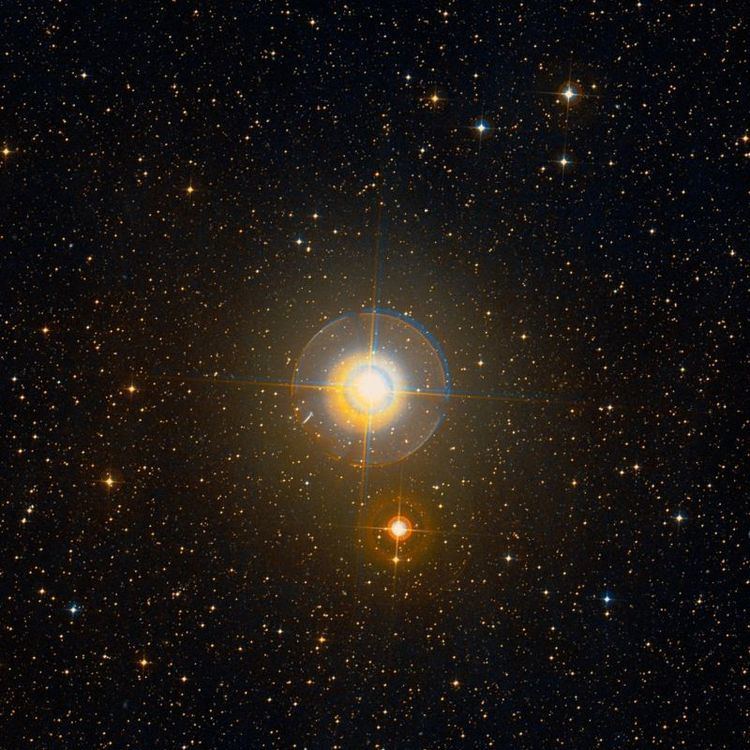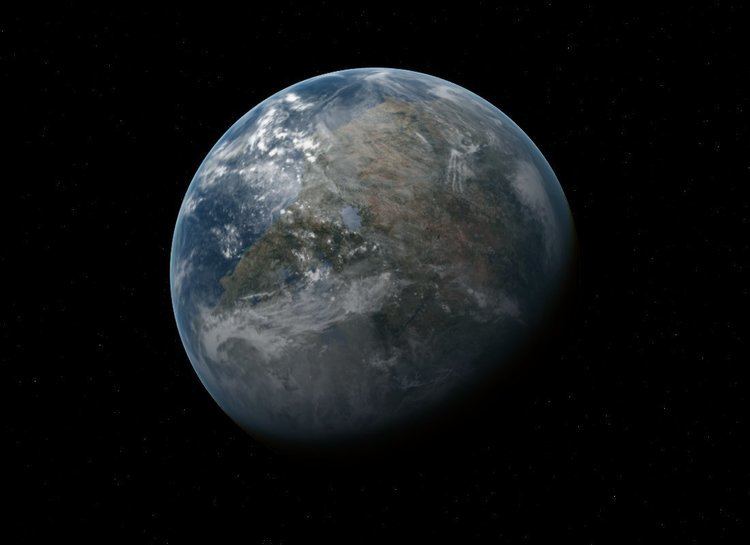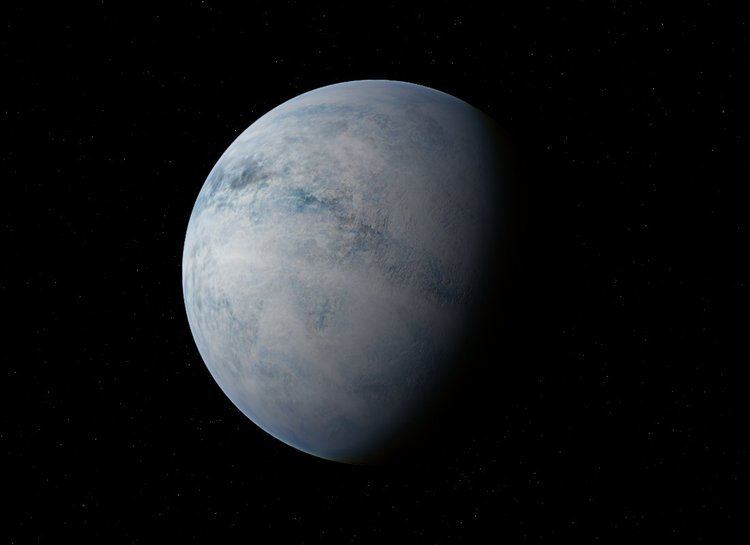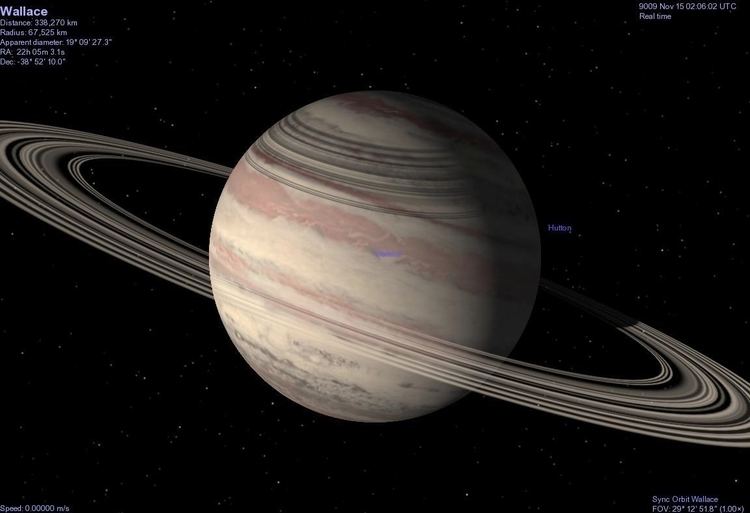Surface temperature 5,604 K Magnitude 3.56 Apparent magnitude (V) 3.56 | Radius 849,100 km (1.22 R☉) | |
 | ||
Mass 1.971 × 10^30 kg (0.991 M☉) Similar Alpha Pavonis, Epsilon Indi, 82 G Eridani, 36 Ophiuchi, Groombridge 1618 | ||
Delta Pavonis (δ Pav, δ Pavonis) is a star in the southern circumpolar constellation of Pavo. It has an apparent visual magnitude of 3.56, making it a fourth-magnitude star that is visible to the naked eye from the southern hemisphere. Parallax measurements from the Hipparcos satellite yield an estimated distance of 19.92 light-years (6.11 parsecs) from Earth. This makes it one of the nearest bright stars to the Solar System.
Contents

Nomic delta pavonis
Observations

It is a subgiant of spectral type G8 IV, meaning it is about to stop fusing hydrogen in its core and is starting the process of becoming a red giant. Because of that, Delta Pavonis is 22% brighter than the Sun even though the effective temperature of its outer atmosphere is lower, at 5,604 K. It has 99.1% of the Sun's mass and 122% of the Sun's radius. The surface convection zone extends downward to about 43.1% of the star's radius, but only contains 4.8% of the star's mass.

Spectroscopic examination of this star shows that it has a higher abundance of elements heavier than helium (or metallicity, as astronomers call it) than does the Sun. This value is typically given in terms of the relative ratio of iron (chemical symbol Fe) to hydrogen (H) as compared to the Sun's atmosphere (iron being a relatively easy element to detect in a stellar atmosphere). For Delta Pavonis, the metallicity is about:


(This notation gives the logarithm of the iron-to-hydrogen ratio relative to the Sun.) This corresponds to a 214% abundance of iron in this star's atmosphere compared to the solar abundance. Past studies have shown a correlation between the heavy element abundance in stars and the presence of a planetary system, suggesting Delta Pavonis has a greater than average probability of harboring planets. However, no planetary companions have yet been discovered in orbit around this star.
The age of this star is in the range of 6.6–6.9 billion years old, and the star's luminosity has increased 60% since it was a zero-age main-sequence star. It appears to be rotating slowly with a projected rotational velocity of 1.0 km s−1.
SETI
It has been identified by Maggie Turnbull and Jill Tarter of the SETI Institute as the "Best SETI target" among the list of the 100 nearest G-type stars. Properties in its favor include a high metallicity, minimal level of magnetic activity, low rotation rate, and kinematic membership in the thin disk population of the Milky Way. The lack of detected radial velocity variation suggests that there are no gas giants orbiting near the star's habitable zone, which may otherwise destabilize a hypothetical Earth-like planet in that orbital zone. As of 1999, no radio source of technological origin has been detected coming from this star. Delta Pavonis is the nearest solar analog that is not a member of a binary or multiple star system. This is a type of star that is a close photometric match to the Sun.
